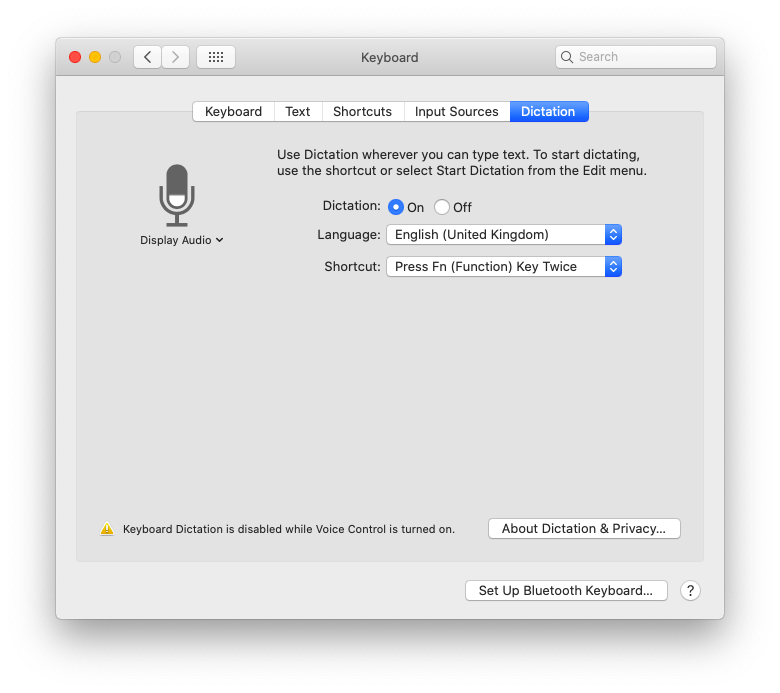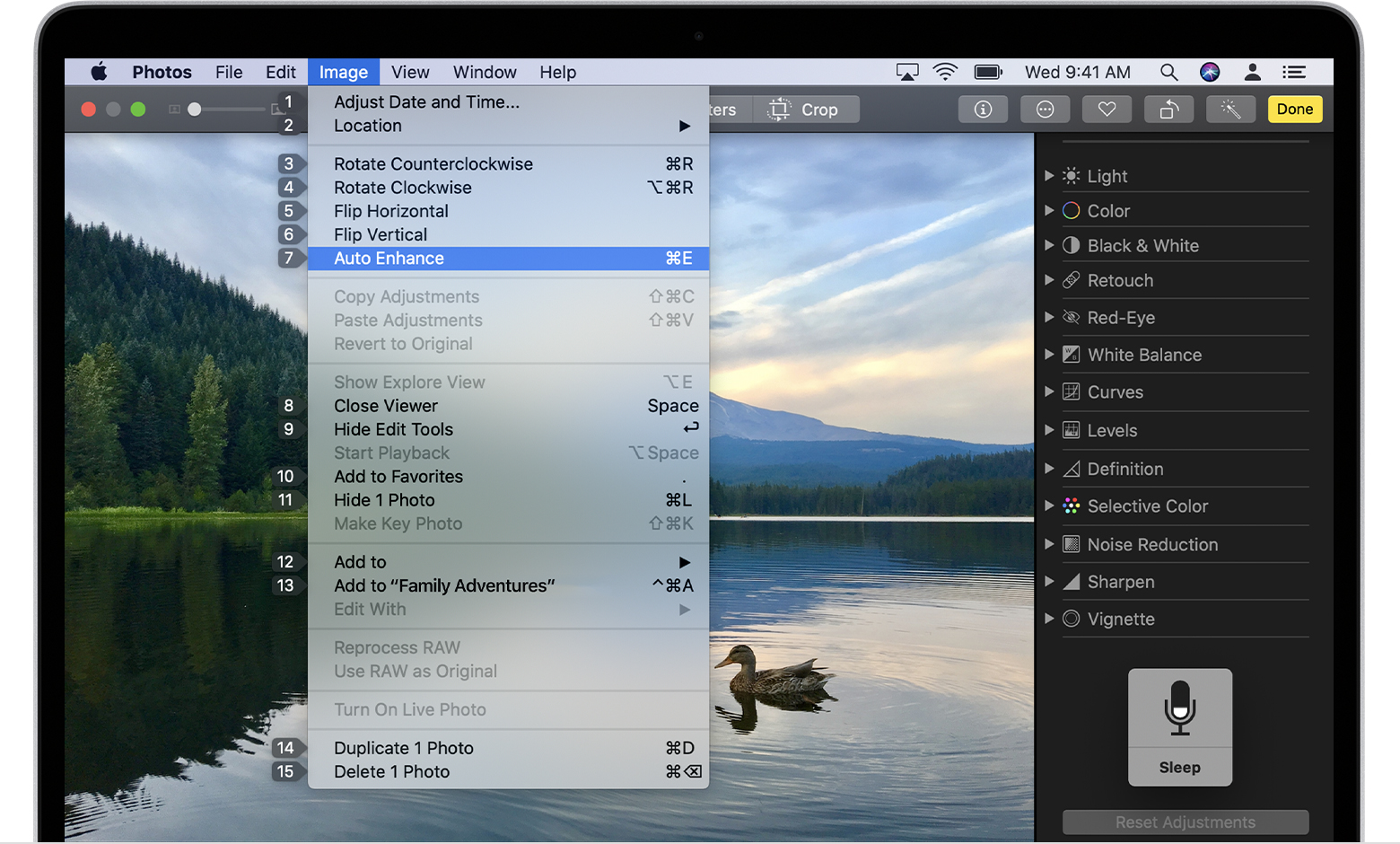
If you enjoyed this tutorial, be sure to check out some of our other OS X tips. Keep in mind that if you changed the dictation keyword phrase in step 3, then you’ll need to replace the word Computer with whatever phrase you used in its place. Thanks to this handy accessibility option, you can now enjoy totally hands-free dictation on your Mac. When the accessibility pane appears, scroll down the sidebar on the left side until you see the item for dictation (see image below). 1.) Launch System Preferences, then click on the Accessibility button. To stop dictation, say “Computer Stop Dictation”. That’s right with a voice command, OS X dictation can be enabled. Step 4: Say “Computer Start Dictation” to begin dictation. Step 3: Open System Preferences → Accessibility → Dictation and check the box next to Enable the dictation keyword phrase. The keyword phrase defaults to the word Computer, but you can change it to something different if you’d like. Express Dictate is a professional dictation voice recorder for Mac OS X. This will require a 1.2 GB download to enable offline dictation, which is a prerequisite to completing step 3.

Step 2: Click the On radio button next to Enable Dictation and check Use Enhanced Dictation. Step 1: Open System Preferences → Dictation & Speech. Execute setup.app in the opened folder to run the Installer. It’s impressively accurate, letting you easily crank out notes, emails, diary entries, or just about anything else with it just by talking. Double-click the downloaded DSSPlayerMacV775.dmg file. Dictation is a feature of iOS and Mac OS X that lets you speak as you normally would, transforming your speech magically into text. Download the 'DSSPlayerMacV775.dmg' to your computer.
#Dictation for mac os x how to#
But did you know that it is also possible to start dictation hands-free using only your voice? In this brief tutorial, we’ll show you how. How to download and execute the DSS Player for Mac.

By default, dictation on OS X is initiated by using a double-press of the function ( fn) key on your Mac’s keyboard.


 0 kommentar(er)
0 kommentar(er)
